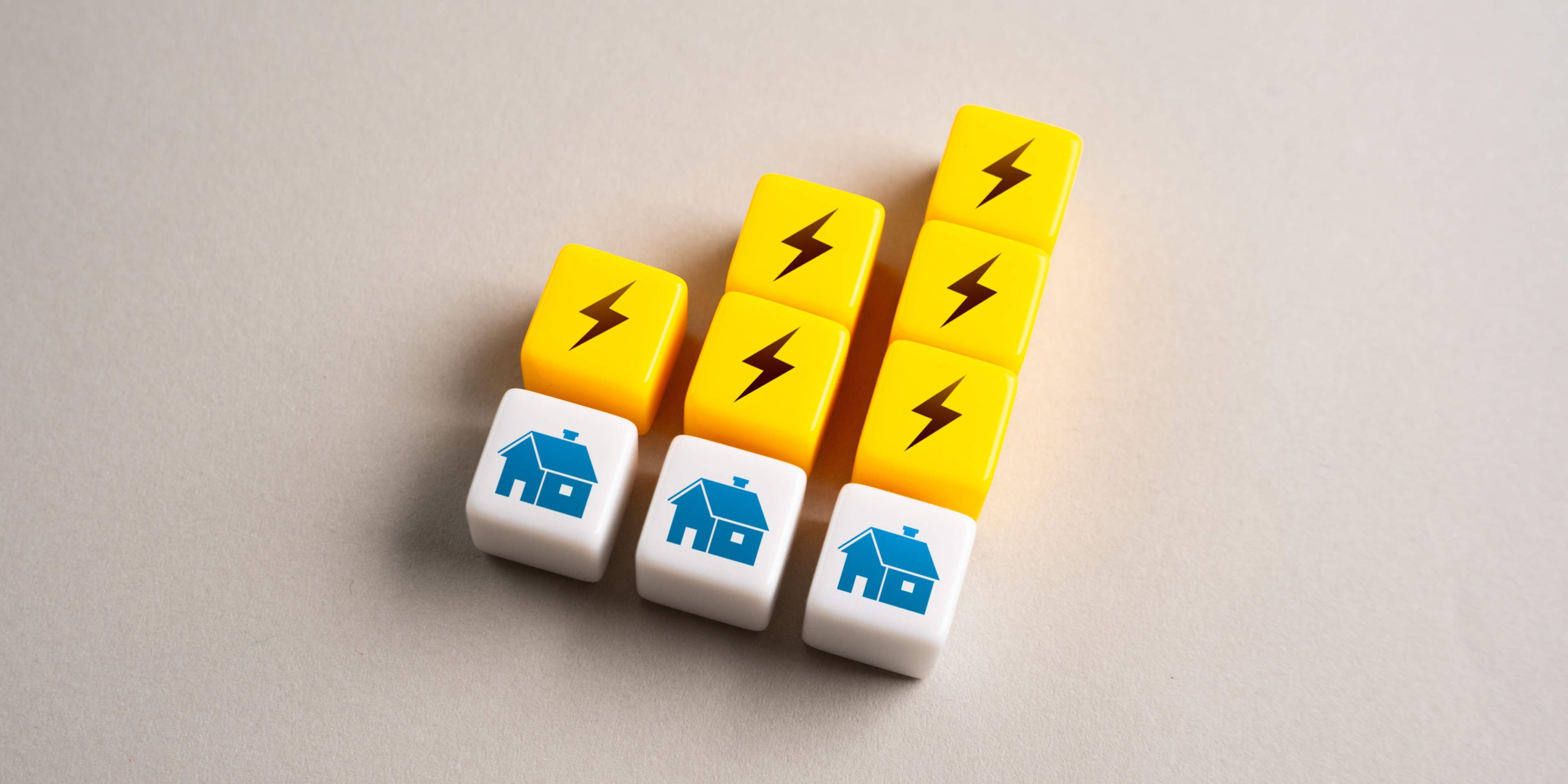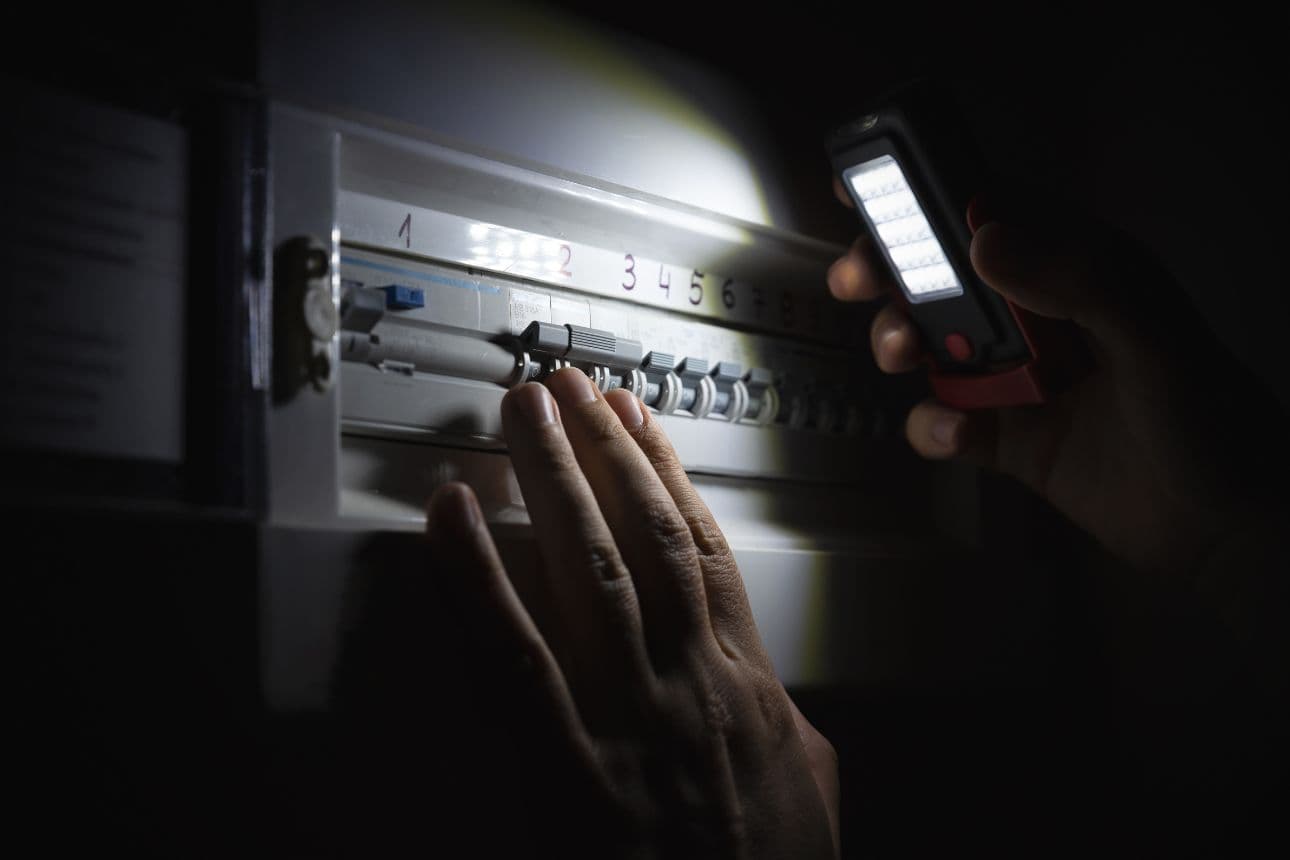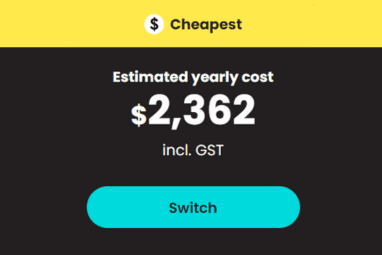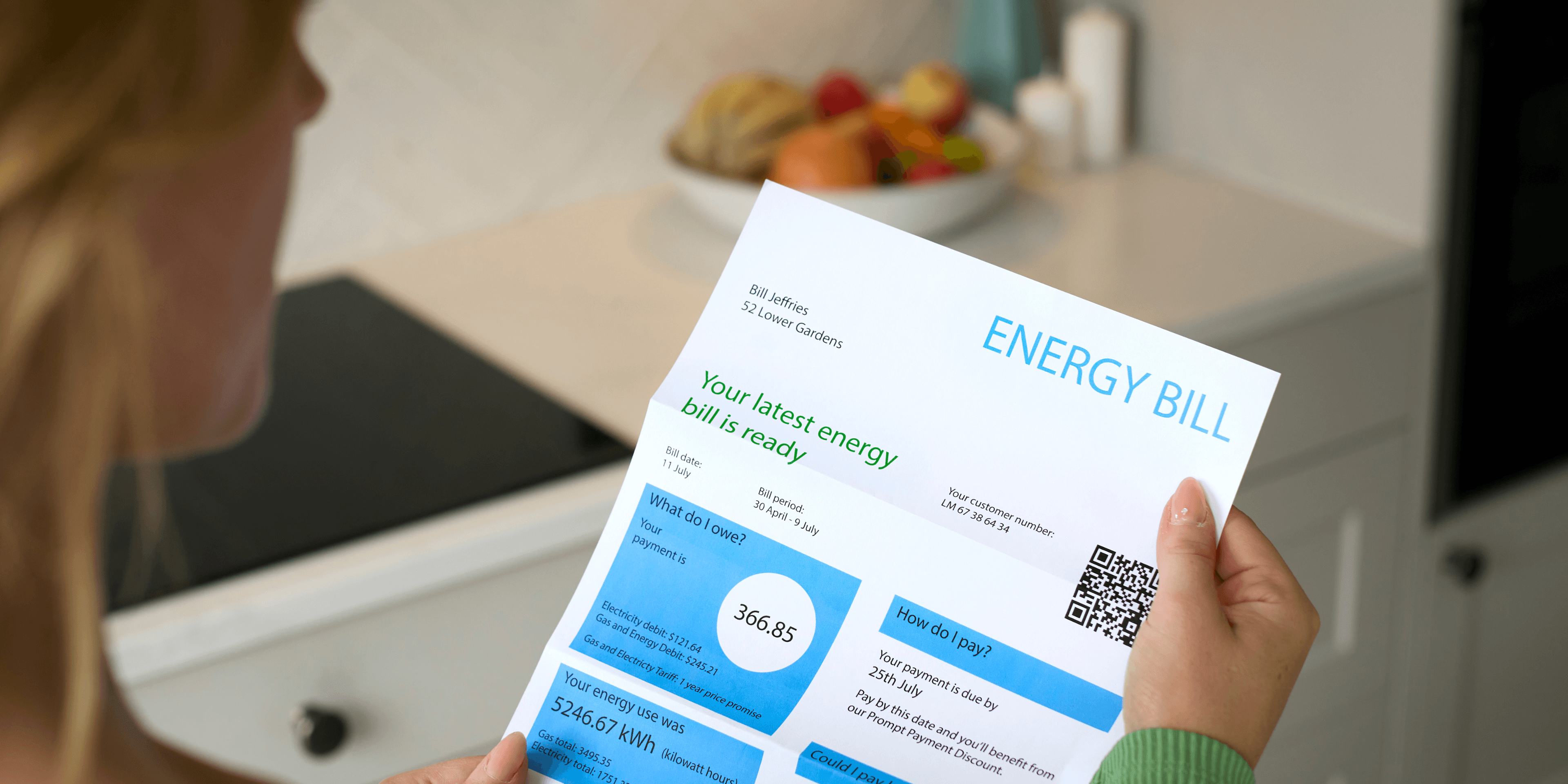What’s the best type of power plan for your household?

Choosing the right type of power plan might seem daunting. Here are some of the types of plans available in New Zealand and what to consider with each one.
Fixed and open-term contracts
Just like when you’re choosing whether to fix your mortgage, deciding whether to go onto a fixed-term power contract can feel a bit of a gamble. If you lock in for a certain time, you’ll likely pay a lower power price, but you will have to pay a fee if you want to change power companies. If you keep your options open by going on an open-term contract, you’ll be free to change whenever you find a better deal.
Fixed- and variable-rate power plans
As the names suggest, with a fixed-rate plan, the amount you pay for power over the term of your contract doesn’t change, whereas the amount can change with a variable-rate plan. Those on variable plans will be notified by their power company whenever the price they’re paying for power is about to change.
A fixed-rate plan might appeal if you want to protect yourself from price rises, but you could also miss out on price drops – however, these seem unlikely for a while.
Low-user power plans
Those on low-user plans pay a lower daily fixed cost to be connected to the power grid. These plans started to be phased out in 2022, with the phase-out set to be completed in 2026. Over this period, the maximum annual fixed charge will go up from $110 to $660.
Doing away with low-user plans is meant to make the system fairer because standard users were paying more towards the electricity network. Their high power usage could be down to large family size or living in houses with poor insulation though. You might be eligible for a $100 credit from your power company if you’ve been on a low-user plan but are struggling because of the phase out.
If you’re still on a low-user plan, see if Powerswitch recommends a cheaper power plan for you to switch to.
Time-of-use power plans
With a time-of-use power plan, you can get cheaper or even free power during off-peak times if you have a smart meter. The Powerswitch results page has a filter you can use if you only want to see these plans.
There are lots of different types of time-of-use plans. Some might give you free power on weekends or overnight or cheaper power in the middle of the day.
Time-of-use plans are better for households that can shift their electricity use to off-peak times and are motivated to keep it up. A time-of use plan won’t work well if you’re not able to shift your power use – for example, if you’ve got children who need dinner and a bath during the country’s peak power-use time.
If your household uses a lot of electricity – for things like a spa pool, swimming pool or electric hot-water cylinder – and you’re able to run these appliances during off-peak hours, you could see significant savings. Time-of-use plans are particularly suitable for electric vehicle (EV) owners who can charge their cars overnight when electricity rates are lowest. Some power companies offer specific plans for EV owners.
We’ve written about how to get cheaper power bills with a time-of-use plan.
Controlled or uncontrolled meters
When your meter is set up to “controlled”, the company that runs the electricity network in your area can turn off the electricity to your appliances, usually your hot water cylinder, at peak times. Your cylinder doesn’t need to be constantly getting electricity to stay hot if it’s well insulated, so you’re unlikely to notice a difference, and you’ll pay a cheaper rate as a result.
If your meter is uncontrolled, the power supply can’t be turned off.
Prepay power
Much like when you have a prepay phone, with prepay power, you top up your account to keep receiving power. To top up, you make a payment through a website, app or text message. The main prepay providers in New Zealand are Globug, Wise Prepay Energy and Contact Energy.
Sometimes prepay might be your only option. If you’ve had your power disconnected and have a poor credit rating, it can be hard to find a new power company that will take you on.
Prepay power is also marketed as a way to avoid bill shock (as there’s no monthly bill) and to see how you’re using power and what it’s costing you. We’ve put together our advice about the things you need to know about prepay before you sign up.
Spot-pricing power plans
Spot-pricing power plans aren’t very common, but you can sometimes find companies offering them. The price you pay for power changes every half hour and will depend on how much your power company is paying for the electricity on the wholesale market. So, when power use is low, you’ll be getting a good price, but at peak usage times, the price will go up.
Like with time-of use plans, spot-pricing plans can work for you if you’re able to be very flexible with your power use and make the most of times when power is super cheap. They do expose you to the risk of your power price going sky-high in winter though, so if you were to put on a heater during these times, you’d be paying through the roof for it.
Bundled plans
A bundled plan is when you have one provider for multiple services, for example, your power supplier might also be your internet or mobile phone company. A lot of power companies in New Zealand now offer this option, and Powerswitch will ask if you want to see these options in your results.
The appeal of a bundled plan is that you have just one bill and one point of contact for your utilities. But we don’t think they’re always good value. The big downside to bundling is that it makes it harder to be nimble and take advantage of cheaper deals as they become available. Check out our article on 3 things to think about with bundled plans.

How much could you save?
With the market always changing, it pays to check often for the best deals. We compare thousands of electricity and gas plans for free. Do a quick check to see how much you could be saving.


